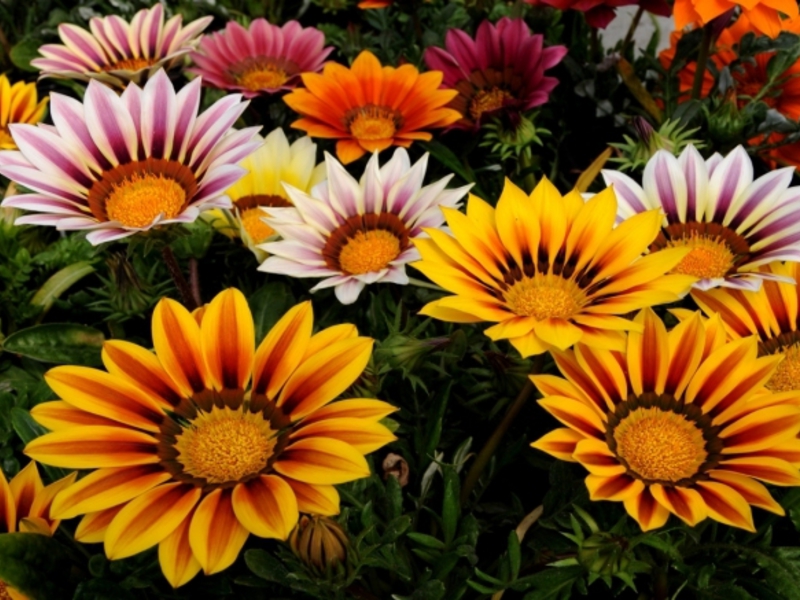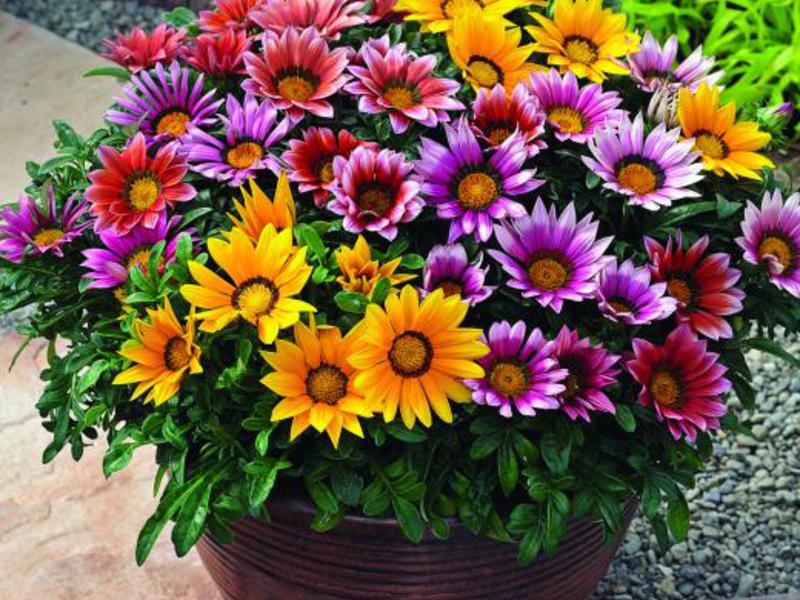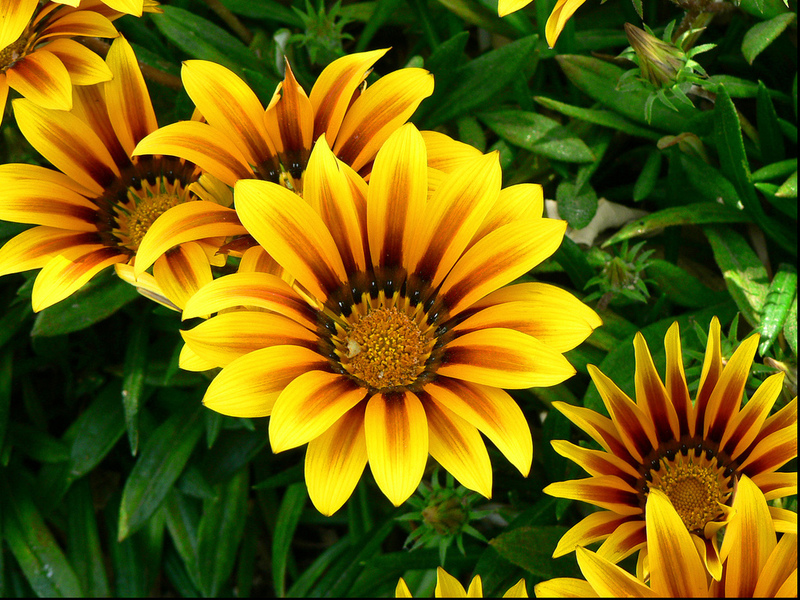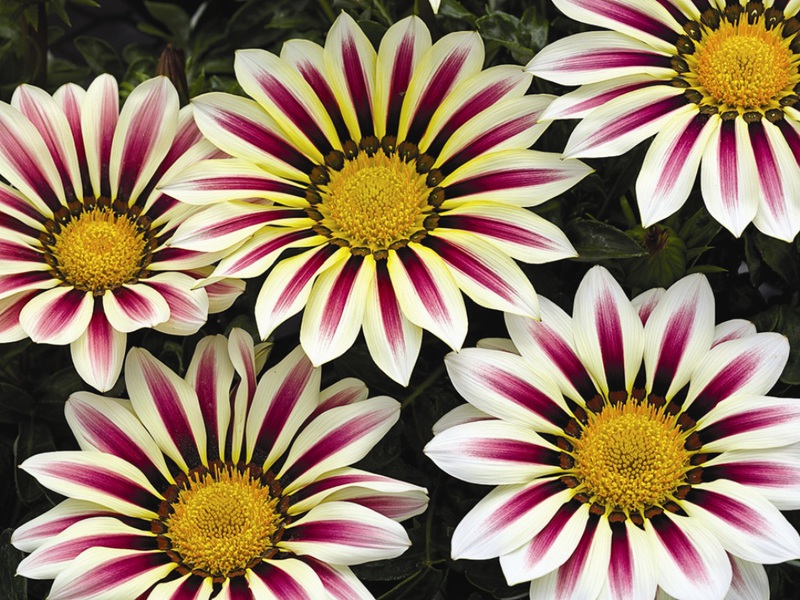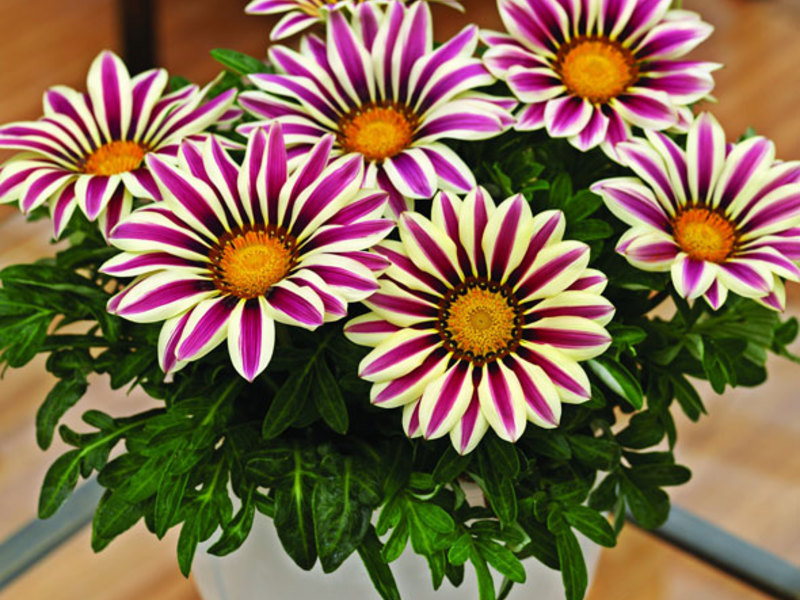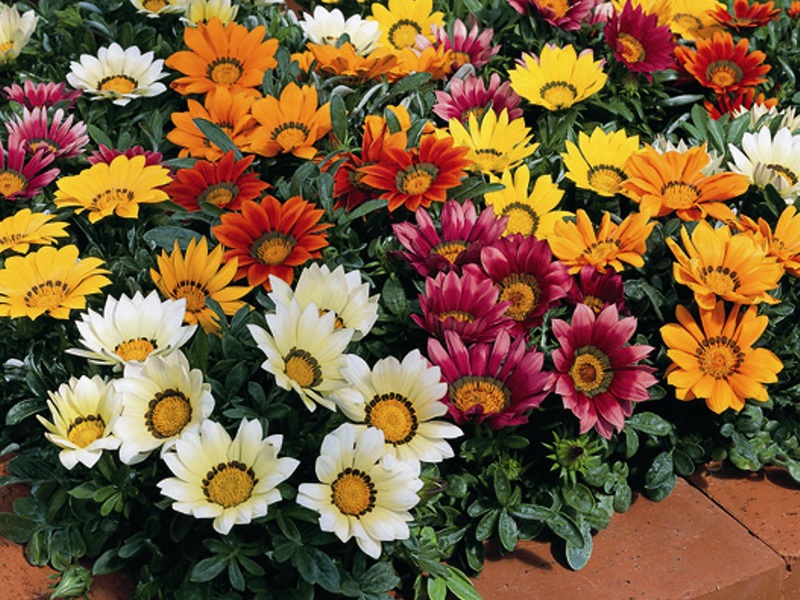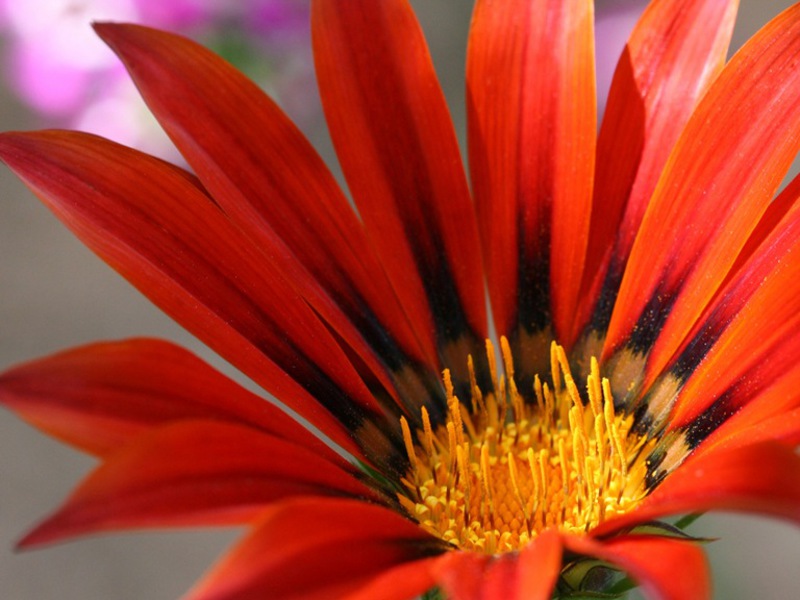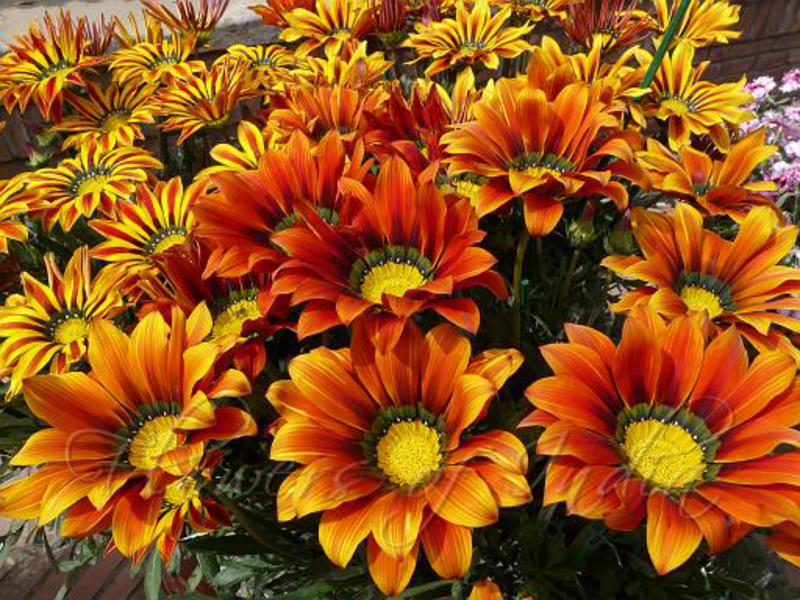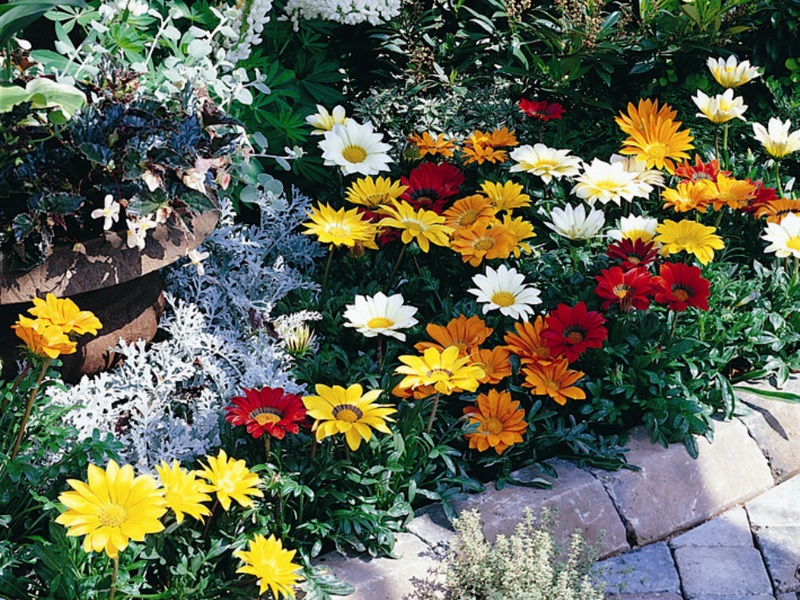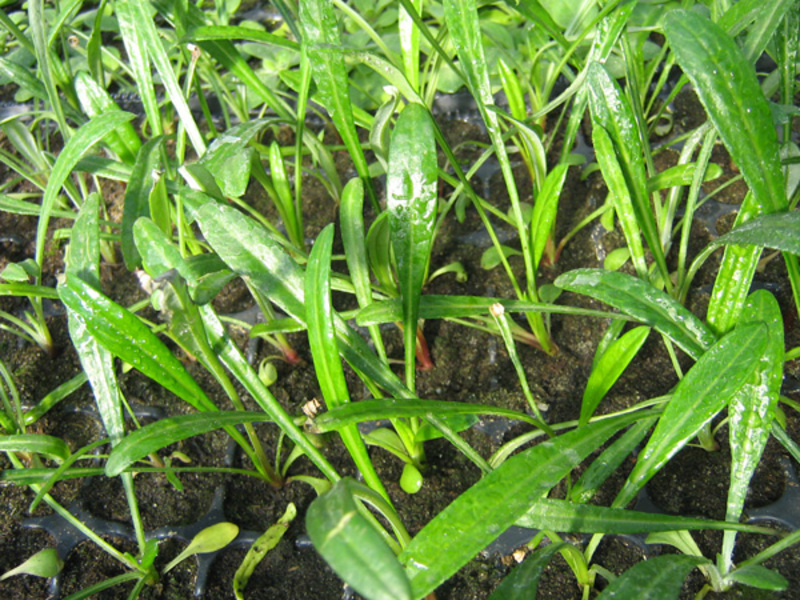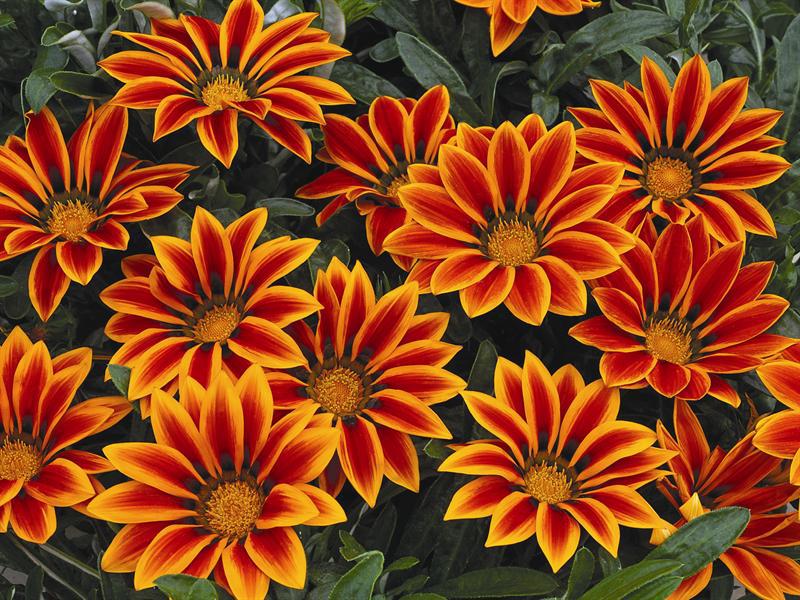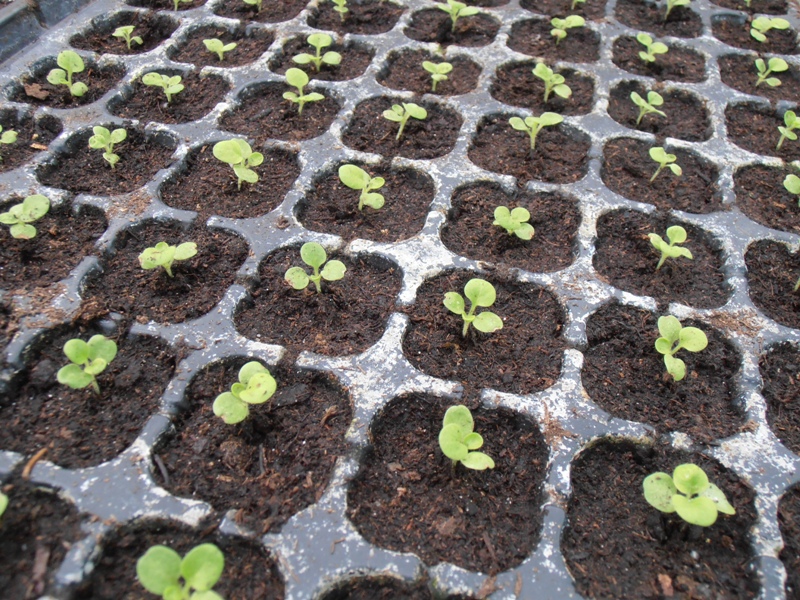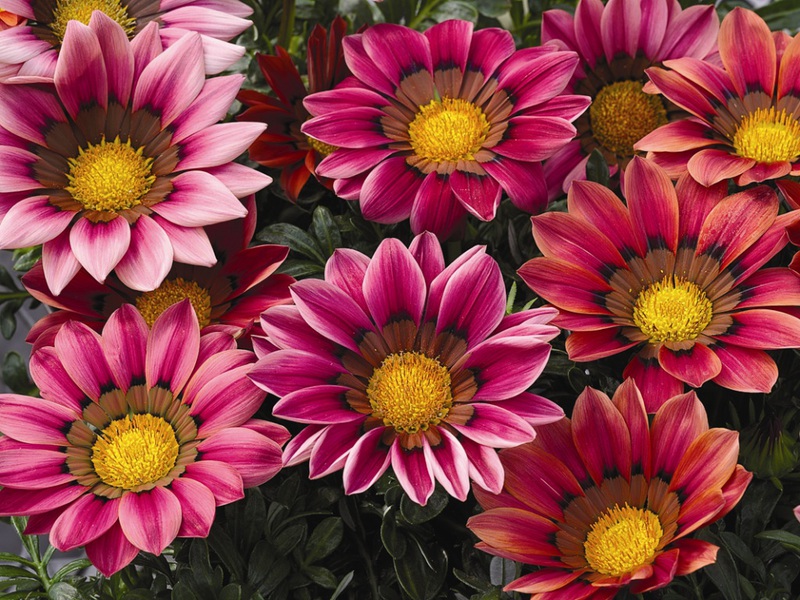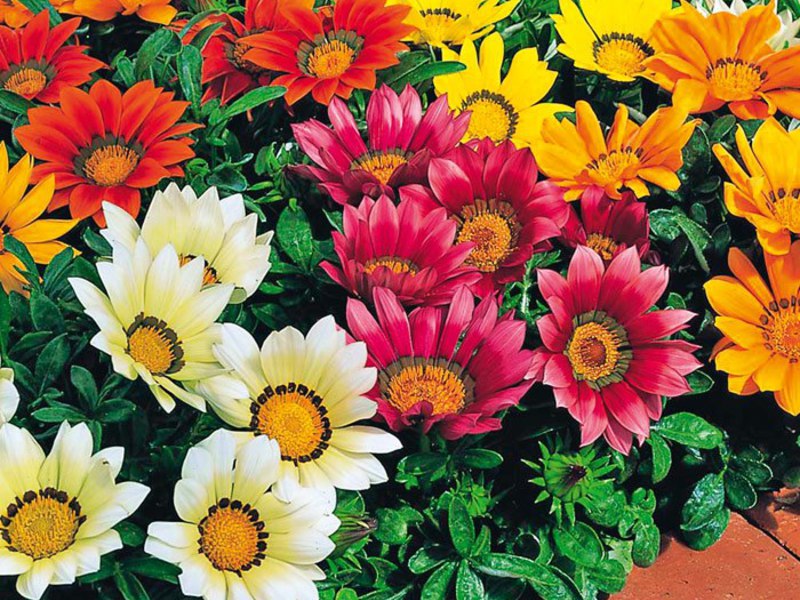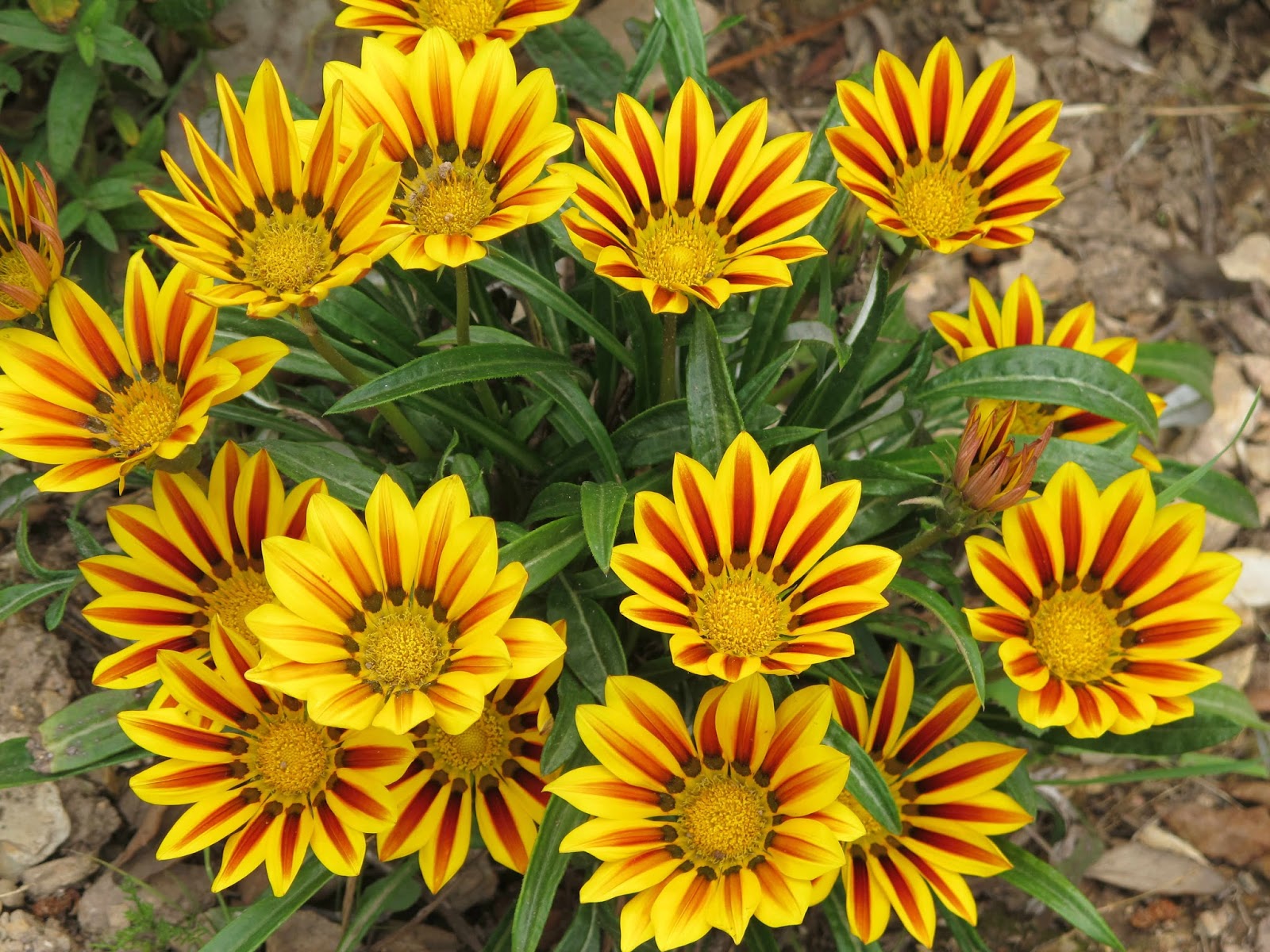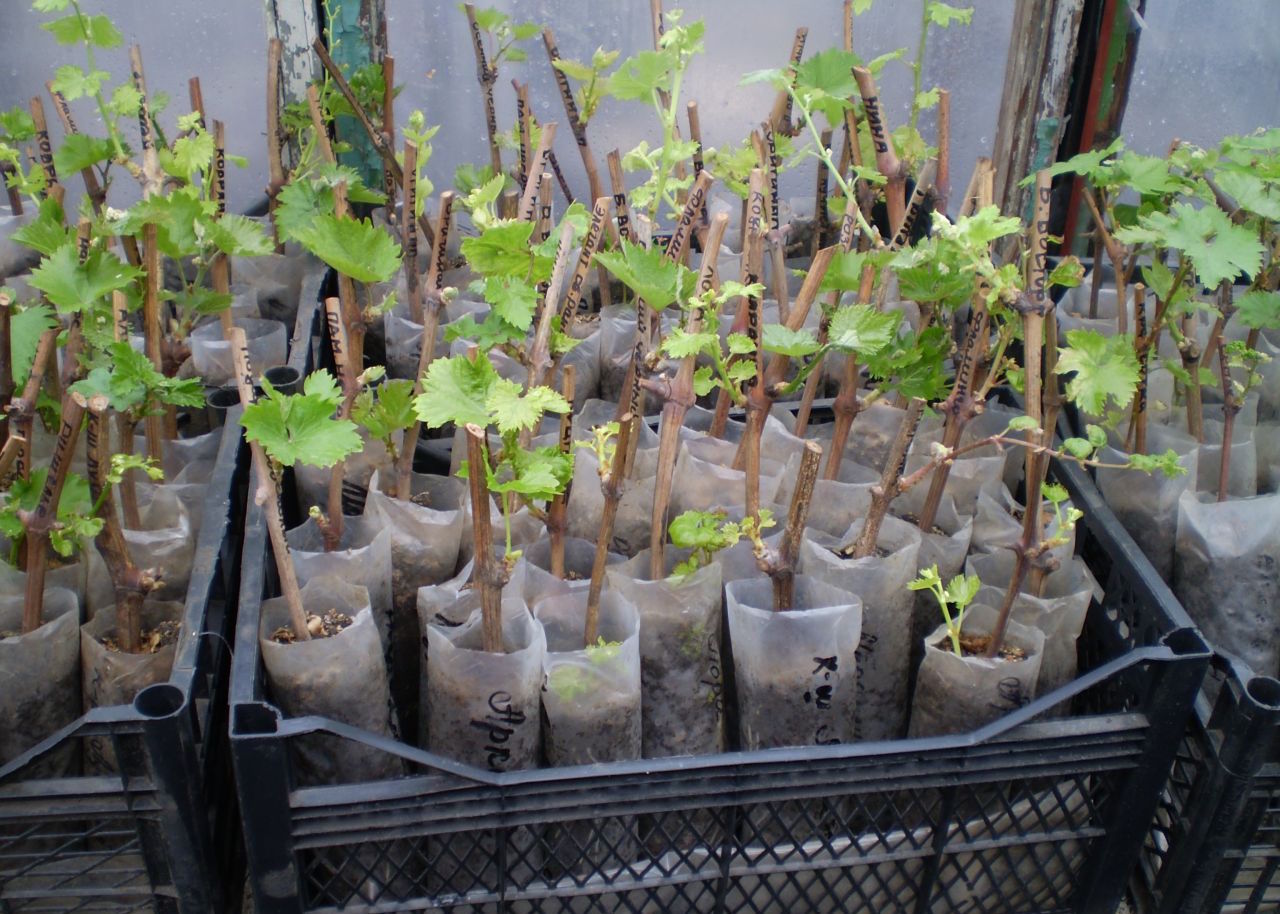Not every novice florist can name at least ten of the brightest representatives of the Aster family. However, it contains a rather interesting plant known as gazania or gatsania. In the common people, it is called the African chamomile or the midday sun. To explain this is quite simple, since it is at noon that this plant begins to open flowers. Gatzania is home to Mozambique, from where it spread to the European continent. In recent years, this flower has become widespread as an annual and perennial.
But in any case, every gardener needs to know the features of growing gatsania in the open field, as well as the rules for caring for it. This knowledge will be valuable for any novice grower, because it will allow you to decorate your area with this flower, which will be transformed in the summer thanks to colorful blotches and spectacular strokes.
Content
Varieties and varieties of gatsania
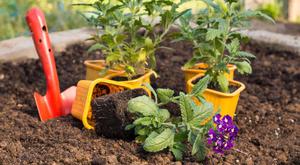 A photo of a plant will not leave anyone indifferent, but those who want to plant it on their site will not hurt to first get acquainted with its features.
A photo of a plant will not leave anyone indifferent, but those who want to plant it on their site will not hurt to first get acquainted with its features.
This plant can be attributed to undersized, because in height it can reach only 30 cm... Its stems are decorated with very dense leaves that have a dark green or grayish color. They are necessary not only to protect against cold, but also to reduce the evaporation of moisture during heat. It is quite simple to distinguish gatsania from other plants, because it stands out against the background of its relatives with bright, sunny flowers. Its inflorescences usually have an orange, yellow, red hue, which effectively complements the darkened area near the base. Up to 30 inflorescences can grow on one gatsania bush per season.
Genus African chamomile includes about 40 types... However, we are interested in the most popular ones.
- Brilliant gating. Its decoration is tubular flowers with red-black, orange or yellow color. Black or white spots are always present near the base.
- Gatsania Potsy. In many ways, this variety is very similar to brilliant, except for the size of the flowers, which are larger. The diameter of the inflorescences of this gatsania variety is approximately 11 cm.
- Long rifle gating. This flower is grown as an annual and is adorned with whole-edged leaves. The variety can grow to a height of no more than 20 cm. The basket is formed by tubular and ligulate yellow flowers, which have brown bases.
- Peacock gatsaniya. The originality of the plant is given by unusually narrow and long leaves. They are decorated with tubular yellow or orange flowers with black bases.
Other varieties are also represented in the genus of this plant: one-flowered, feathery and hybrid gazania. Photos of these species can be easily found on the net.
There are many hybrids in it, which are the result of crossing the harsh (shiny) and long-rifle varieties.In contrast to the original varieties, hybrids better tolerate adverse weather conditions and diseases. Among the hybrids, the following gatsania varieties have gained the greatest popularity:
- "Ministar". In the process of growth, he has white and orange baskets;
- Daybreak Red Stripe. The stems of this gatsania are decorated with yellow flowers, complemented by bright red stripes. Already at sunrise, the flowers begin to open and remain in this state until sunset;
- "Talent". Of the features, it is worth highlighting decorative leaves and flowers that remain open during daylight hours. Therefore, you can contemplate the beauty of gazania for a very long time.
Planting and care in the open field
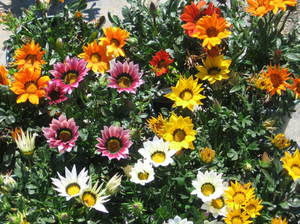 Whichever gating you choose, be it annual or multi-year, it won't give you any trouble anyway. Indeed, in the process of growing it, you will not encounter difficulties in care and in the summer you will be able to enjoy amazing abundant flowering.
Whichever gating you choose, be it annual or multi-year, it won't give you any trouble anyway. Indeed, in the process of growing it, you will not encounter difficulties in care and in the summer you will be able to enjoy amazing abundant flowering.
To prevent young bushes from being harmed by spring frosts, you need to know when it is best to plant them in the ground. It is advisable to plan this event at late May-early June... But first you have to prepare a suitable planting site, where soil that is fertile and has a light structure should prevail. Gatsania is a drought tolerant plant, so it will withstand direct sunlight without consequences.
Transplanting gatsania from pots to a permanent place should be carried out together with an earthen ball, which will help to avoid injury to the root system. Plants should be placed at least 20 cm apart. The first gatsania flowers appear at the beginning of summer and will delight the gardener until the first winter cold.
Well-developed gatsania bushes will be able to withstand the first autumn night frosts without any problems, if it is still warm during the day, like in summer.
Care measures
Gatsania care involves regular loosening of the soil, weed control, as well as the timely removal of wilted inflorescences. It is very useful to mulch the soil, as this reduces the evaporation of moisture, and besides this, it prevents weeds from growing.
Some gardeners grow gatsania as an annual. In this case, after flowering, the remaining aerial part will have to be destroyed. If you want gatsania to delight you with abundant flowering in the next season, then you will have to do the following: in the fall, the bushes are carefully dug out of the ground, transplanted into boxes and placed in storage in a room where a constant temperature is maintained within 10 degrees. During the winter, gating should not lack light and watering, which should be moderate at this time of year. It is imperative to trim the shoots to half their length. In spring, successfully overwintered gatsania bushes are returned to their place.
Reproduction and feeding of gatsania
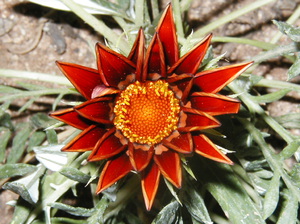 You can get new gatsania bushes by sowing seeds or vegetatively.
You can get new gatsania bushes by sowing seeds or vegetatively.
It will take a long time to wait for the first flowers - about three to four months from the moment the first shoots appear. You can use seeds for sowing only within the next two years, because after that they lose their germination. During sowing, the seeds are placed at a distance of 3 cm from each other. After that, the seeds must be sprinkled with a small layer of soil, gently watered with a thin stream of water, and then a transparent film should be pulled over the container with the plantings.
For germination, the boxes must be kept in a bright place where they must be supported temperature at 20 degrees... You should also regularly air the plantings. Seeds usually germinate in one to two weeks. To avoid injury to the root system, it is recommended to use peat cups for growing seedlings.You can plan a transplant to a permanent place only after the last frosts have passed, and this usually happens in May-June.
Propagation by cuttings
July is a good time to get new gatsania bushes from cuttings. To do this, the selected stems must be cut off with a sharp knife, while a heel must be present on the handle. The shoots harvested for reproduction must have length no more than 10 cm... The leaves in the lower part must be torn off, and the cut site must be treated with a root. Next, containers with soil mixture are prepared for the cuttings, where they are transplanted, watered, and a film is pulled from above. By March, they have formed a sufficiently strong root system, which allows them to start thinking about transplanting to a permanent place or to a spacious flowerpot.
After transplanting gatsania into open ground, it needs top dressing. It is usually sufficient to apply mineral fertilizers in the form of a solution at least once a month to the fertile soil. If gatsaniya is grown on rocky or weighted soil, then the number of dressings must be increased to two in one month.
Dangerous diseases and pests
The appearance of dangerous pests and diseases is most often the result of violations during care or its untimely conduct. One of the serious diseases is gray rot... The fight against it involves the complete removal of infected plants, after which it is imperative to treat healthy bushes with phytosporin.
Greatest harm gazania flowers snails, aphids and spider mites are applied. Effective agents used to kill aphids are:
- Fitoverm;
- Akarin.
To get rid of the tick, use fufanon, ditox.
No insecticides are used to control snails, they are simply collected by hand.
Application in landscape design
 It is appropriate to use low-growing varieties of gazania for decoration of alpine slides, where they literally transform this element of landscape design with their unforgettable flowering. Often with their help, they carry out landscaping of borders, as well as a rabatok. They acquire a spectacular look when used as part of complex flower arrangements, where they complement such plants as ursinia, lobelia, dimorphoteca, arctotis, iberis, etc.
It is appropriate to use low-growing varieties of gazania for decoration of alpine slides, where they literally transform this element of landscape design with their unforgettable flowering. Often with their help, they carry out landscaping of borders, as well as a rabatok. They acquire a spectacular look when used as part of complex flower arrangements, where they complement such plants as ursinia, lobelia, dimorphoteca, arctotis, iberis, etc.
Conclusion
Gazania is a little-known plant for many novice flower growers, but it is worth seeing it only once, and after that they will not be able to forget its beauty. But those of them who have a summer cottage can every season receive aesthetic pleasure from gatsania flowers, for which you just need to plant them in a suitable place and correctly determine the time when to plant seedlings in the garden. This plant is one of the unpretentious, therefore, problems in the process of growing from seeds and caring for it at home should not arise.
Gazania grows best in a sunny area, while it is undemanding to fertilizers. Although if it is planted on an area where stony soil predominates, then it will have to be provided with nutrients at least twice a season. However, gazania will thank you for these efforts with abundant flowering, which will continue until the first cold weather.
